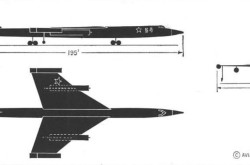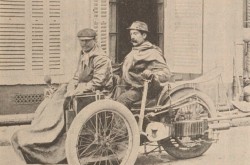Perseverance rover to land on Mars in search of life
Enhanced with increased autonomy and a range of instruments, NASA’s Mars 2020 Perseverance Rover is scheduled to land later this month with an ambitious mission: to search for signs of past life.
“If we had an environment like that anywhere on Earth, we would expect to find life in it,” says Canadian geologist Dr. Chris Herd, a professor at the University of Alberta and a member of the Perseverance science team.
Herd is referring to the environmental conditions of the Jezero Crater where the rover is set to land on February 18, 2021, just north of the Martian equator. Scientists have identified strong evidence from orbital data that the crater — which has a 45-kilometre diameter — was once filled by an ancient lake with a large river delta, rich in clay and carbonate minerals. These landforms and minerals indicate water-rich settings.
Launched last July, the Mars 2020 Perseverance Rover is nearing the end of its seven-month voyage to Mars. It is scheduled to land using the Sky Crane manoeuvre — the same method successfully used by its predecessor, Curiosity.
As the fifth rover NASA has sent to Mars, Perseverance is bigger and more capable, with novel and ambitious objectives. In an effort to search for signs of past life on Mars, the rover will collect and cache samples for return to Earth, characterize the geology and climate of Mars, and test several new technologies in preparation for human exploration. The rover will search the lakebed, shoreline sediments, and delta deposits for preserved remains of this past life, while also striving to understand the geology of the region.

Mars Reconnaissance Orbiter image of a river delta in the Jezero Crater. The image combines information from a context camera and a spectrometer; the colours within the crater represent different compositions.
Enhanced exploration technology
Perseverance is equipped with a wide range of instruments — including 23 different cameras for engineering, scientific, and navigational uses. It also holds a micro-imager and five different spectrometers, which are devices for measuring wavelengths of light over a wide range of the electromagnetic spectrum. Two laser spectrometers can determine the chemistry and mineralogy of Martian rocks from up to seven metres away. The other three are contact instruments on the robotic arm; SHERLOC for example, is meant to analyze minerals and organic molecules for clues of ancient life. A ground-penetrating radar instrument called RIMFAX will even map the subsurface at the centimetre scale. The weather station instrument MEDA will analyze dust size, humidity, and temperature of the air and soil, to better understand the Martian atmosphere. There is even a microphone on board which will allow us to hear the sounds of Mars!
MOXIE, one of the most anticipated technology tests onboard Perseverance, will convert carbon dioxide (CO2) from the CO2-rich Martian atmosphere into oxygen (O2). Oxygen is essential for life support for future astronauts, and to make rocket fuel. Any return voyage to Earth would require approximately 45 metric tonnes of fuel to launch from the surface and escape Mars’ gravity. Without this technology, a very heavy and costly mission would need to ship oxygen to Mars from Earth. If successful, it would address some of the biggest challenges of human exploration on Mars.
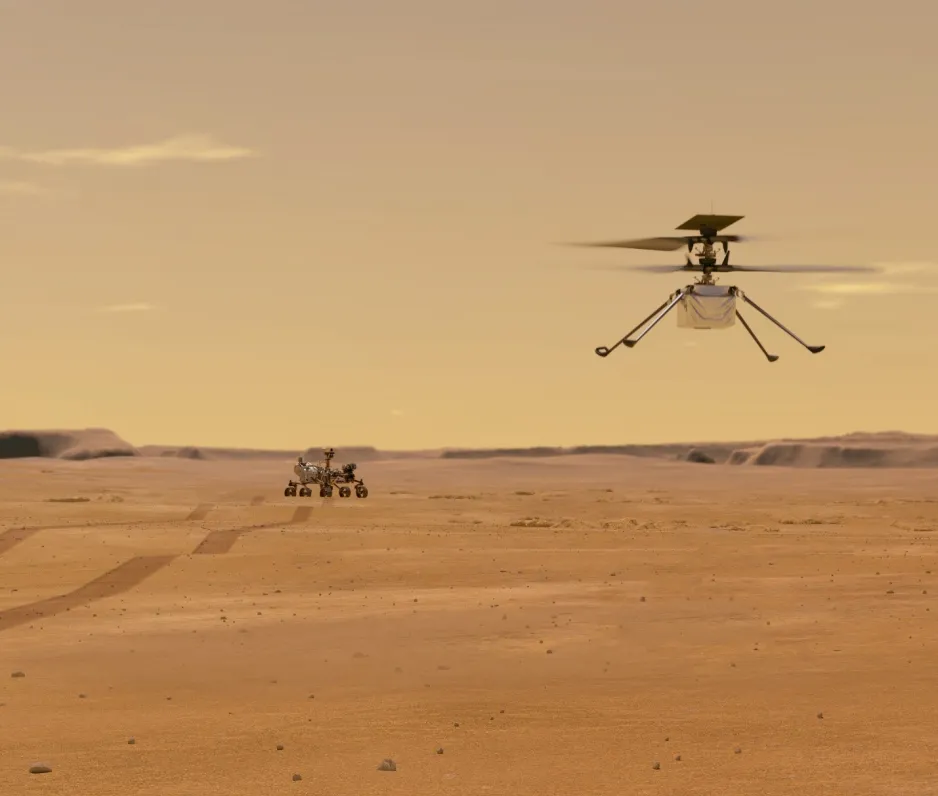
Artist’s rendition of the Mars Helicopter Ingenuity flying on Mars, with the Perseverance rover in the background.
Mars helicopter Ingenuity
Another intriguing technology test is a small autonomous helicopter named Ingenuity, which will attempt the first powered flight on another planet. Mars’ thin atmosphere, which is just 1 per cent the thickness of our own, makes flight very challenging. Fortunately, Mars has a much weaker gravity. Designed to achieve lift under these conditions, Ingenuity weighs just 1.8 kg, and has long, counter-rotating blades that rotate up to 3,000 RPM — much faster than conventional helicopters on Earth.
Ingenuity is attached to Perseverance’s belly, and will drop down in a secure spot while the rover drives a safe distance away. At the command of the rover, it will autonomously complete a series of short flights, increasing in difficulty with each success.
“The rover becomes a telecom[unication] relay and personal photographer for the helicopter,” explains Canadian engineer Dr. Farah Alibay at NASA’s Jet Propulsion Lab.
In the future, this technology will enable us to explore more ground in less time, to access hard-to-reach places, and to provide reconnaissance for future robotic and human missions. The next mission in line to attempt flight on another world is Dragonfly, a quadcopter destined for Saturn’s Moon Titan in 2034.
“Demonstrating that we can do something that we’ve never done before… opens so many doors in the future,” says Dr. Alibay.
Bringing samples back to Earth
Perseverance’s mission represents the first phase of a multi-mission effort to return samples to Earth. A coring device on Perseverance’s robotic arm will collect and seal 20 to 30 pencil-like cores over the course of the mission, and cache them at a safe location on the surface. The second phase, a collaboration between NASA and ESA, will include a rover to fetch the samples and an ascent vehicle, which will place the cores in orbit around Mars. A third mission will rendezvous with the samples in orbit and return them to Earth for study, likely in the 2030s.
Some of the returned samples will be stored and curated in Canada. Dr. Herd and the Canadian Space Agency are part of a committee responsible for defining precisely what a Mars sample-receiving facility on Earth would entail.
“It needs to be built from the ground up,” says Dr. Herd. “You have to be able to protect the samples from contamination from the Earth getting in… and keep whatever is in the samples — that could be dangerous — away from the Earth environment.”
Transcript
Canadian Martian meteorite expert Dr. Chris Herd of the University of Alberta, speaks with Canada Aviation and Space Museum Science Advisor, Dr. Cassandra Marion about the upcoming landing of the Perseverance rover on Mars on February 18th, 2021. Dr. Herd is a Sample Return scientist on the Mars 2020 Perseverance mission team and gets to take part in this incredible endeavor to search for life on Mars.
Transcript
Canadian engineer Dr. Farah Alibay, at NASA’s Jet Propulsion Lab, speaks with Canada Aviation and Space Museum Science Advisor, Dr. Cassandra Marion about the upcoming landing of the Perseverance rover on Mars February 18th, 2021. Dr. Alibay is a systems engineer working on the mobility and surface operations of the Mars 2020 Perseverance rover, and gets to take part in this incredible endeavor to search for life on Mars.
Go further
Interested in learning more about NASA’s Mars 2020 Perseverance Rover?
• Tune in to Perseverance’s landing feed
• Visit the Canadian Space Agency
• Read more about NASA’s Mars 2020 Mission
• Contact Science Advisor Dr. Cassandra Marion







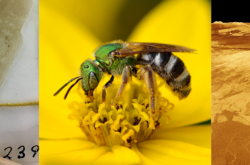

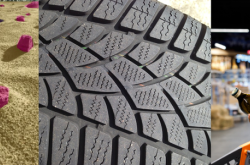
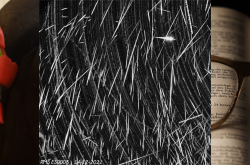
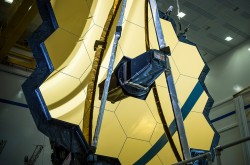

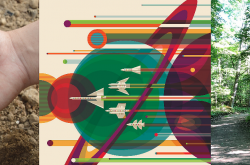
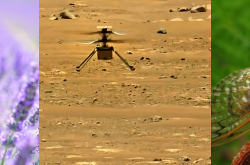

![A block of photographs showing some of the people involved in the bombing of beluga whales in the estuary and gulf of the St. Lawrence River. Anon., “La chasse aux marsouins [sic]. » Le Devoir, 15 August 1929, 6.](/sites/default/files/styles/thumbnail_7/public/2024-09/Le%20Devoir%2015%20aout%201929%20page%206.jpg?h=584f1d27&itok=TppdLItg)







